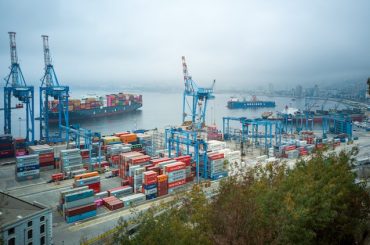A broad differentiation strategy is a business approach companies use to distinguish their products or services from competitors through a wide range of features and attributes.
A focused differentiation strategy is a business approach where a company aims to differentiate itself from competitors by targeting a specific, narrow market (or niche) with unique products or services.
A market creation strategy involves developing and introducing a new product or service into an area with no existing market.
“Blue Ocean Strategy” is a business theory that suggests companies are better off searching for ways to gain “uncontested market space” rather than competing with similar companies.
Red Ocean Strategy refers to a business approach where companies compete in existing market spaces to outperform their rivals and capture more significant market share. Explained with types & examples.
In today’s competitive business landscape, business owners must maintain a highly reliable supply chain to ensure they retain access to the best quality materials.
Understanding the key distinctions between product development and product management is crucial for associations to explore the intricacies of putting up fruitful products for sale to the public.
Strategic Resource Management (SRM) refers to strategic planning, allocating, using, and evaluating resources to achieve organizational objectives.
Top-down strategy refers to a method of analysis that starts from the general, big picture, or high-level perspective, then proceeds to a more detailed or specific level of analysis










